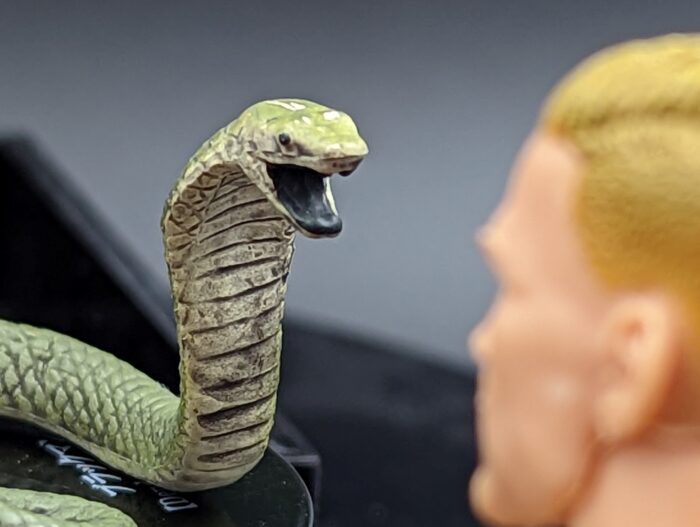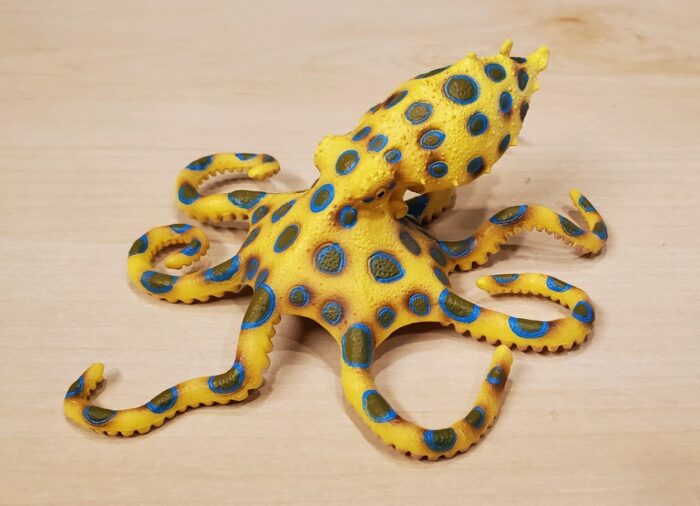I’m a little late to the Hallowe’en party this year…but better late than never. And in that spirit, here’s a set of animals that, if you mess with them, ‘late’ could be your proper adjective. Animals that as a group tend to create a visceral if generally unnecessary fear and loathing, even though most are harmless.
Aquatic Museum (Wing Mau)
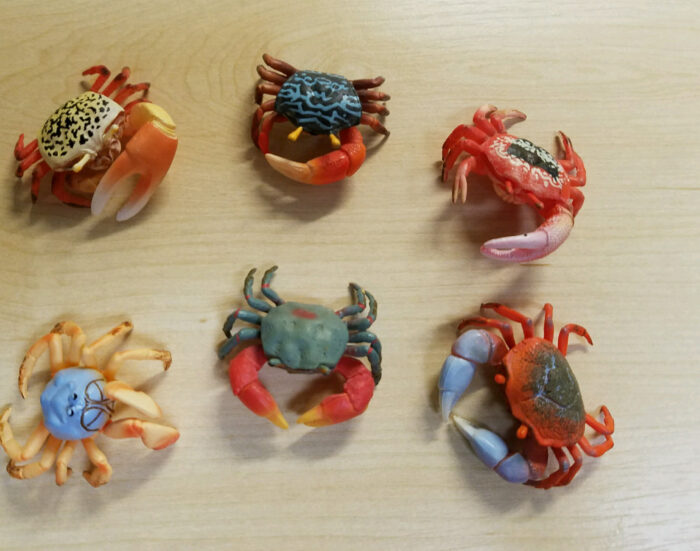
Review of the complete set Aquatic Museum by Wing Mau. While in recent years, it appears Wing Mau is producing and marketing figures by Play Visions, Club Earth, and K&M International, this appears to be an original set of theirs. The set consists of six species of crabs native to Japan and surrounding areas, one of which is a unique figure (see below).
Spiny Lobster (Incredible Creatures by Safari Ltd.)
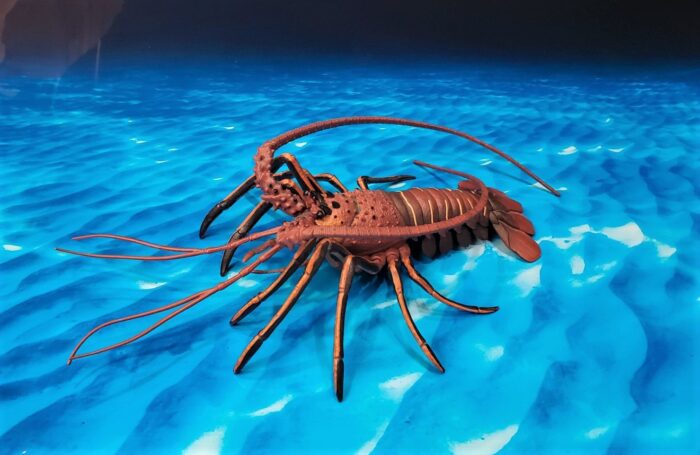
Walk-around of the California spiny lobster, Panulirus interruptus (Randall, 1840) by Safari LTD, Incredible Creatures, released in 2018. The figure is not marketed at the species level, but given its morphology, color, and that it was originally hinted at being North American, P. interruptus is the most-likely candidate.
Blue-ringed Octopus (Water World by Bullyland)
Kidako Moray (Enoshima Aquarium 3D Atlas Anima Series 2 by Kaiyodo)
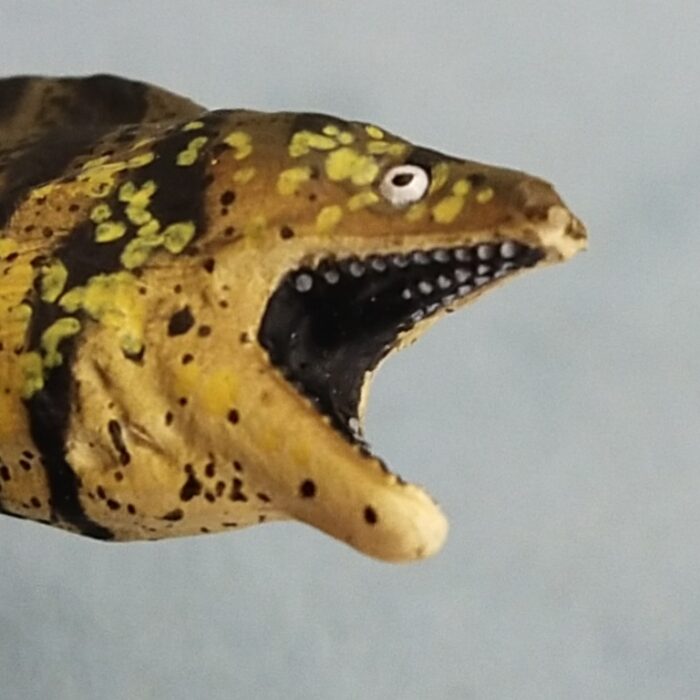
Review and images by JimoAi; edited by bmathison1972
The Kidako moray (Gymnothorax kidako) is a species of moray eel inhabiting coral reefs in subtropical and tropical seas around western to central Ocean Pacific area from Taiwan to Polynesia, including Hawaii, and from south Japan and Korea to New Caledonia.
Sharks of the World Box Set (Colorata)
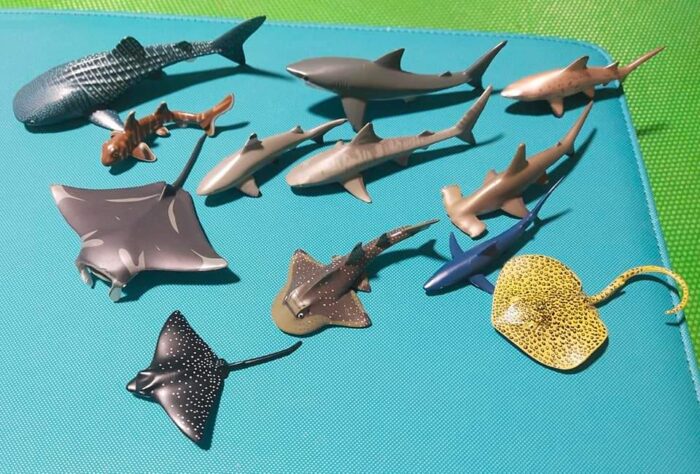
Review and images by JimoAi; edited by bmathison1972
Happy Shark Week to everyone who loves sharks! This is the time of year where TV programs go out of their way to showcase shark-based programs, most notably Discovery Channel and National Geographic. These programs help open the doors to knowledge on these animals and help the general public understand, instead of fear, these misunderstood creatures, although some programs may over sensationalize rather than give true facts.
Blacktip Reef Shark (Marine Life by Papo)
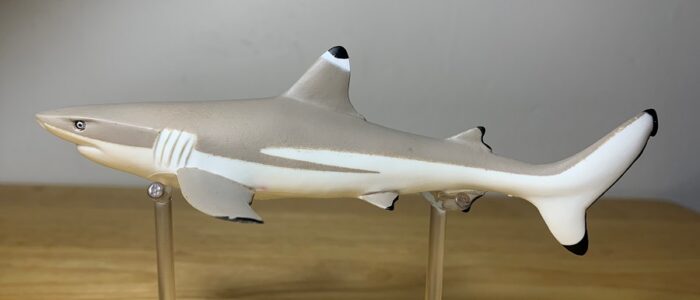
The blacktip reef shark (Carcharhinus melanopterus) is one of the most recognizable sharks, a staple in aquariums that frequents shallow coral reefs in the wild, which makes it popular among tourists and SCUBA divers. The blacktip reef shark is a generally timid species with only 11 unprovoked attacks and 21 attacks total to its name, none of them fatal.
Cloudy Catshark (Aqua World Sharks 1 by For Corporation)
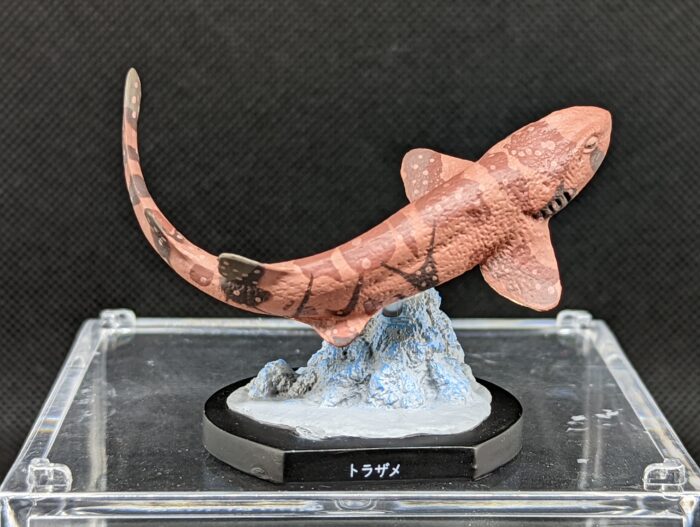
Back with another less familiar sharks for Animal Toy Blog Shark Week 2022! Well, a few days ago I introduced an odd little figure that went to the dog(shark)s so today lets balance it it out with a cat(shark). This one is a less familiar figure from a less familiar Japanese company…of a less familiar shark!
Lantern Shark (Wild Republic Rubber Balls by K&M International)
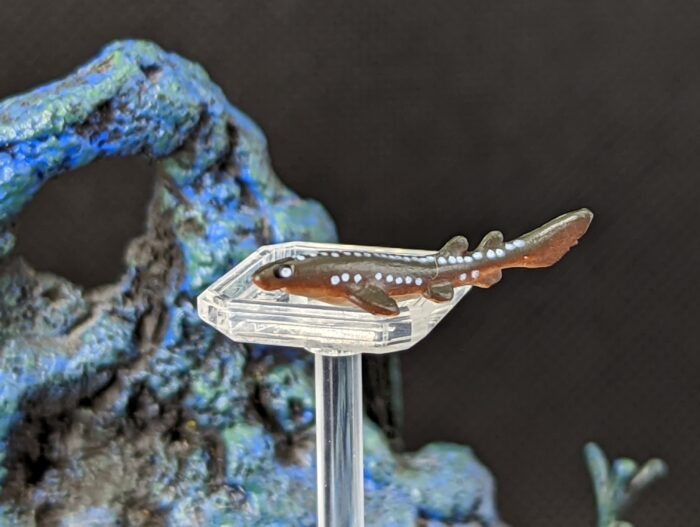
So, it’s Shark Week again and once more I rise up from my own thing to bring in a couple of unusual shark models. Because I can never just bring up a more familiar figure because that’s too easy! So I’m going to look at a tiny little figure that just happens to represent a pretty tiny shark!
Salmon Shark (Wild Safari Sealife by Safari Ltd.)
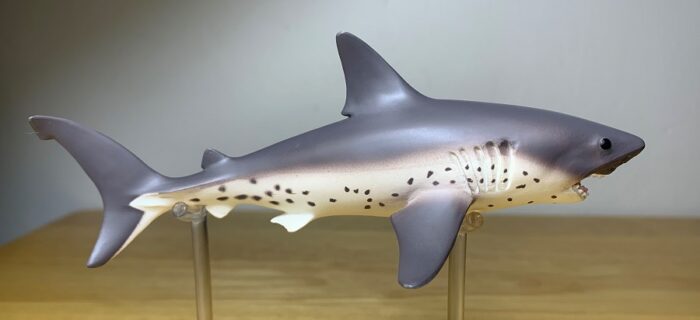
It’s Shark Week once again, the Discovery Channel’s weeklong marathon of shark documentaries that has been 34 years running. So popular is Shark Week that it’s practically a national holiday here in the United States. National Geographic has gotten in on the action too with their own Shark Fest which celebrates the cartilaginous fishes with an entire month of shark content this year.
African Pompano (Kurosio Komekko series 1 by Kaiyodo)
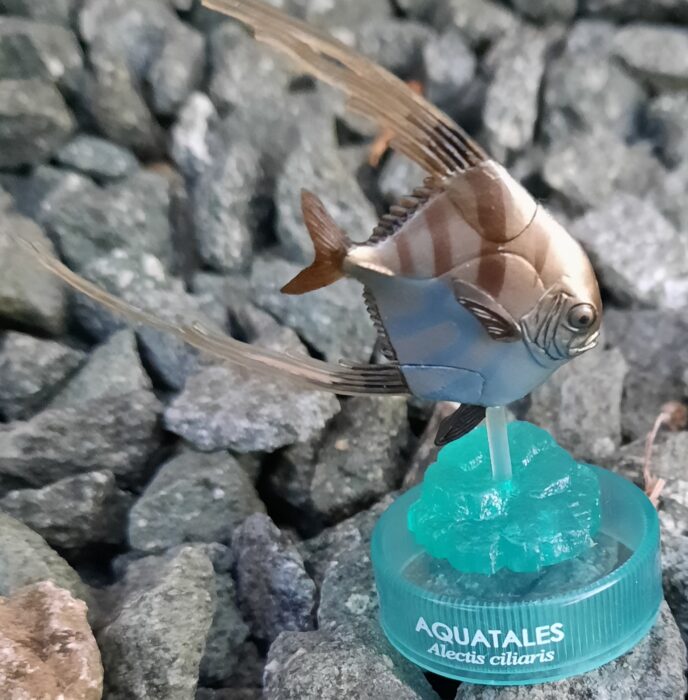
Welcome to another “Savanah Summer”! Being a large continent, there are many places where Africa connects to oceans, in fact both the Pacific and Indian oceans are there. Thus, there is a huge amount of aquatic life, be it mammals, birds and, naturally, fish. Fish never tend to be as popular on toy shelves (unless it’s part of the shark family), so it’s always nice when a company makes more common fish.
Japanese Flying Squid (Nihon Auto Toy)
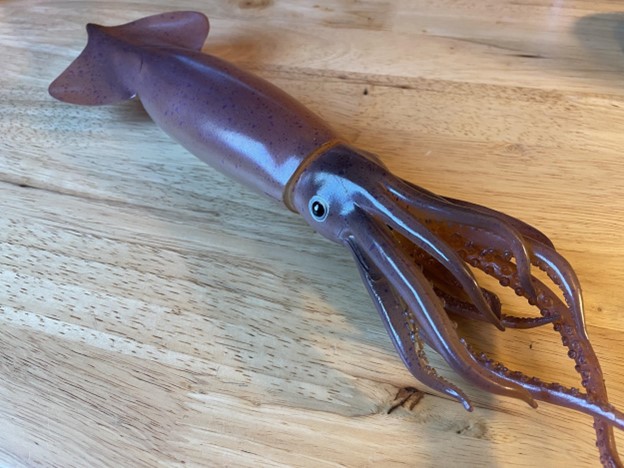
Review and images by Bruhmingo; edited by bmathison1972
Hello all, today I would like to share one of my favorite figures in my collection, the Nihon Auto Toy Japanese flying squid, (Todarodes pacificus). It has been difficult to find information on this model and the company producing it, but they seem to have been sold in Japanese crane games at arcades.

